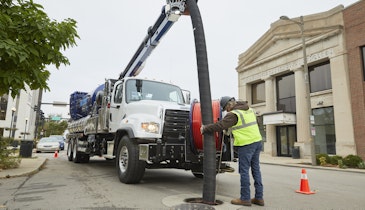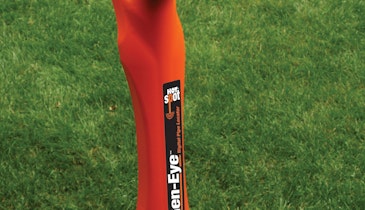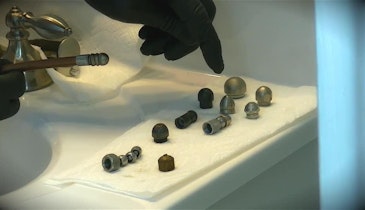I write this as our governor here in Wisconsin is about to cut the benefits of government workers, in effect reducing their take-home pay by several percent.
It’s being done to save money, of course. In the short run it might, but what about the long term? Can you really get the same amount and quality of work from the same people for less money? And if you pay them less, will they stick around?
Both interesting questions. Without getting into all the politics of how much public employees earn or should earn, this raises an issue fundamental to businesses. If you had the choice, would you pay your people as little as possible to force costs down? Or would you hire the very best people you could find and pay them the maximum possible to get the greatest production?
Evidence suggests the latter approach can be better for business health.
The late great basketball coach and TV sports commentator Al McGuire liked to say: “The most expensive thing is cheap labor.” In other words, while in theory you can hire people for little money, bill their time at a high rate, and make an incredible profit, the reality is that you will pay a price in low productivity, shoddy work, and unhappy customers. That’s the epitome of false economy.
Does this apply to your field of endeavor? Most likely, yes. In hiring people, as in buying a truck, waterjetter or inspection camera, you get what you pay for.
The Costco model
If you want an example of a business that gets this, consider the Costco discount club. Here’s a business that essentially competes on price, head to head against the biggest price-cutter of all – Wal-Mart and its Sam’s Club warehouse outlets. So we would expect Costco to pay as close to the bare minimum as possible to stay competitive.
But guess what – they do just the opposite. They pay wages ridiculously higher than their competitors offer. A 2009 news article said the average Costco employee earned $17 an hour, some 42 percent more than Sam’s Club people got. And significantly better benefits, too. Plus good 401(k) matching contributions. Turnover? There is very little. Once hired, people stay.
Chief executive Jim Sinegal has been quoted as saying he believes in rewarding the people who made the company what it is: “They’re entitled to buy homes and live in reasonably nice neighborhoods and send their children to school.”
Costco actually gets beat up on Wall Street for paying its people so much instead of taking more profit for stockholders. The unasked questions: Would the profits actually be better if people were paid less? Or do the profits exist precisely because the company pays its people so well?
Remember, Costco competes successfully on price despite paying its people significantly more. The only possible explanation is that Costco’s higher-paid people are that much more productive. Pay them less and what happens to productivity?
What’s it going to be?
So, what’s your approach to hiring and compensating people? You don’t necessarily have to mimic Wal-Mart or Costco. You can construct your own compensation model to suit your business and market.
But if you’ve found yourself wondering why your people can’t seem to get more done, or why you have to deal with so many mistakes, or why people are always up and quitting after a year or two on the job, you might want to look at how you’re paying.
Offering better pay and benefits automatically allows you to be more selective – to attract the best. Businesses like Costco have figured out that it isn’t what employees cost that matters – it’s what they earn for the company.





